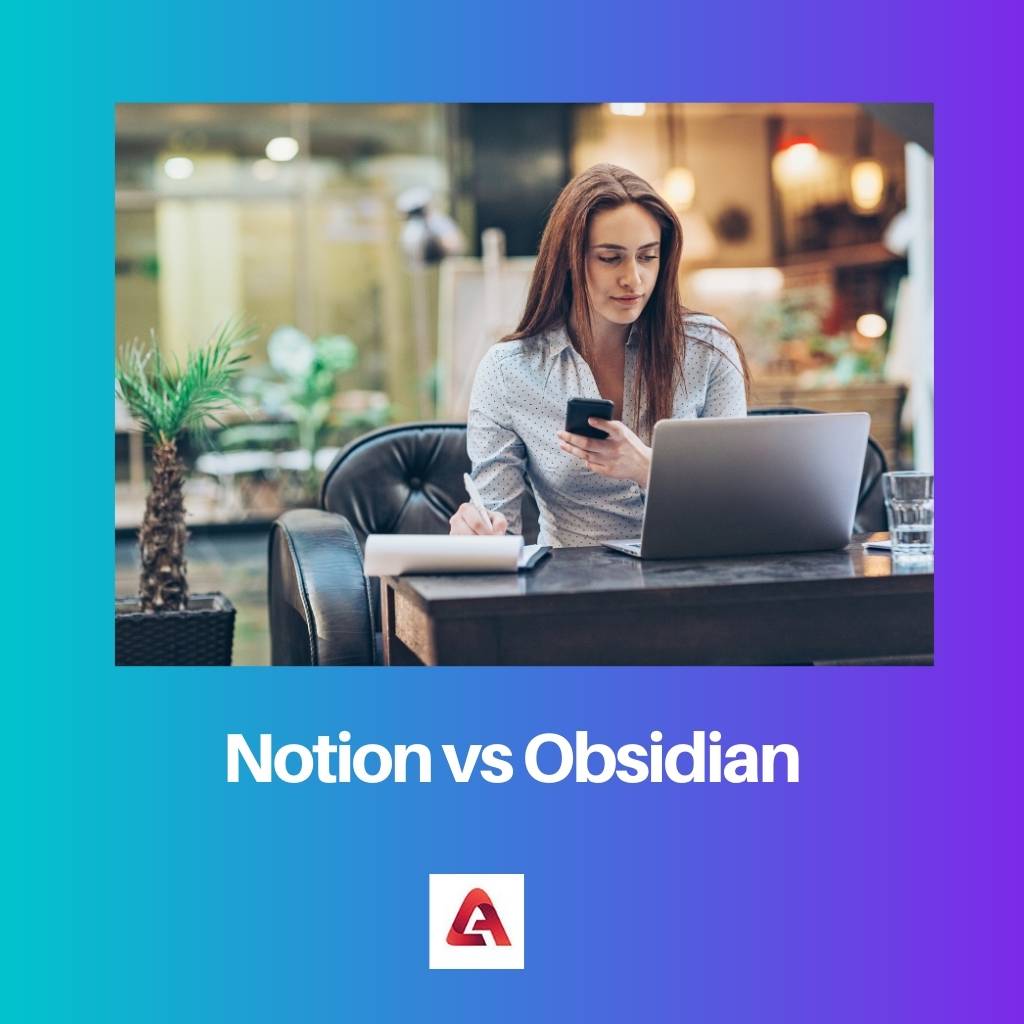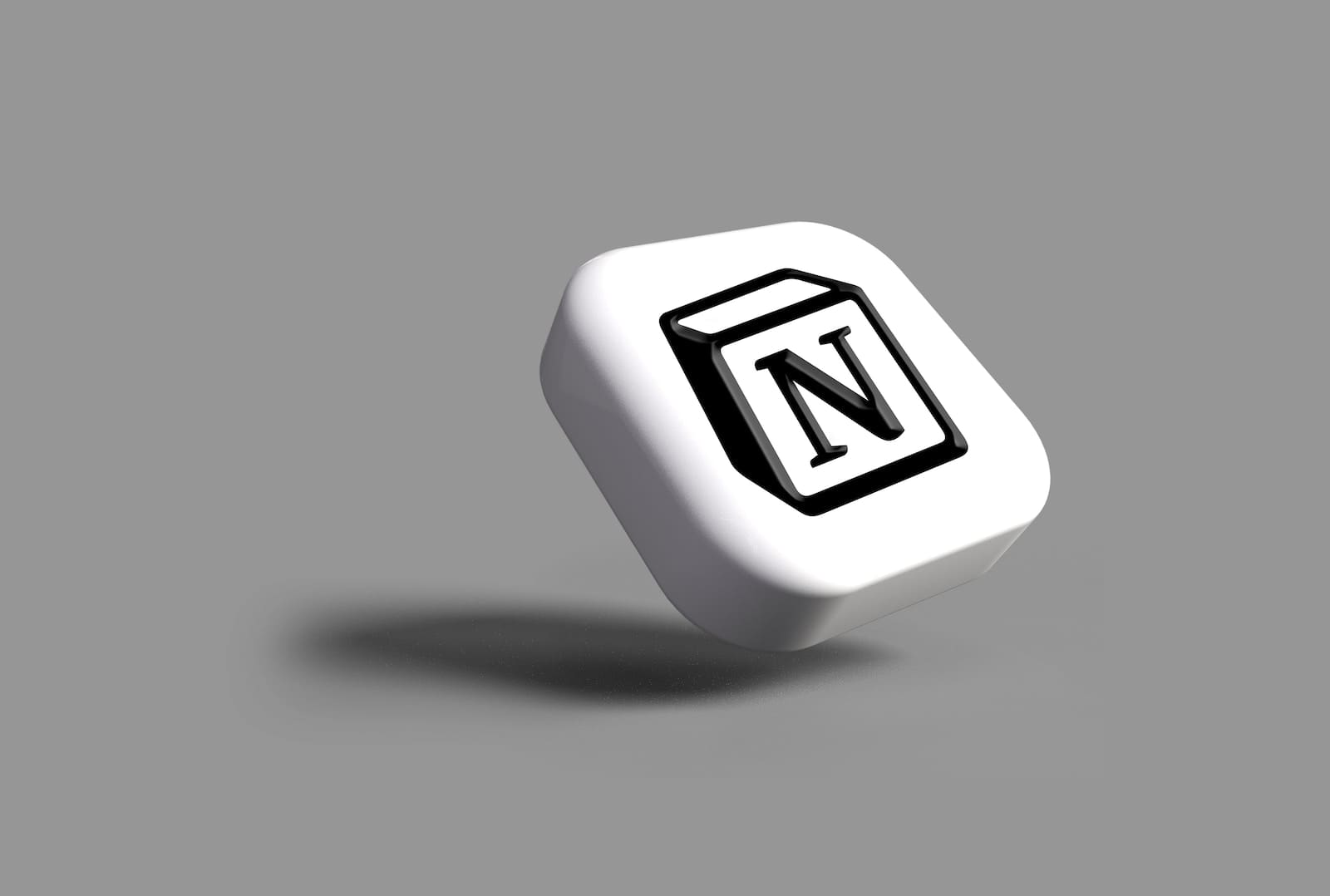Individuals mainly working in corporate jobs or any other work require to pen down their new creative and artistic ideas on a regular intervals. And with that, the organization of these are also necessary.
Even while attending a meeting or a conference seminar person pens down important notes and phrases. For the same purpose, plethora of online platforms are available, making this job easy.
Key Takeaways
- Notion is an all-in-one productivity tool that allows users to create and manage notes, tasks, databases, and more. At the same time, Obsidian is a note-taking app focusing on building a personal knowledge base.
- Notion offers a variety of templates and pre-built blocks for creating notes and databases, while Obsidian allows users to link notes together in a network of related ideas.
- Notion is a web-based application with mobile and desktop apps, while Obsidian is a desktop app that syncs with other devices using cloud storage services.
Notion vs Obsidian
The difference between Notion and Obsidian is that Notion is an application that is available or supported by many operating systems such as – Android, iOS, Windows, Mac, and Web. It also shows some platform-specific features: push notifications and iOS 14 widgets. Comparatively, on the other hand, Obsidian is not available for mobile users. It can only be used on Web, Windows, Mac, and Linux.

The Notion is an online application that helps in taking down notes, ideas, tasks, databases, and many more. It was built to be one feature application.
The app allows sharing the workspace so that the team can plan things, note them down, and organize them efficiently, even though it allows its users to add notes and tasks and manage various projects with the help of it.
Obsidian is an application that is newly launched in the field and wants to be the second brain of the user. Thus the user can note down the things, and then the application will create a network link between them.
The data is stored in a Markdown file which is easy to access, and the platform is also free for the user.
Comparison Table
| Parameters of Comparison | Notion | Obsidian |
|---|---|---|
| Cross-Platform Availability | Android, iOS, Windows, Mac, Web | Web, Windows, Mac, Linux |
| UI and Organisation | It has a feature called workspace where the pages are being added and subpages. | It has a vault feature where the pages are being added and saved |
| Fundamentals and Note Taking | It works as a personal database tracking down all the notes, projects, etc. | Works as a second brain and links the data mimicking as that of human thoughts |
| Features | Templates are uses as start page, and these can be built-in, or community added or can be customized by third party notion widgets can be used as project management or task management toolAlso allows users to view multiple things in menu list form | Backlinking – This helps the user to link notes with another notes page Graph View – It shows how the notes created are linked to each other |
| Sharing and Collaboration | It allows to share the workspace with other members, and they can be invited. Also, they can be tag with work tasks and projects. | It does not allow sharing the vault with others, but a file or a note can be exported in text or pdf format. |
What is Notion?
The Notion is an app that was mainly built for a complete all-in-one feature for the workspace. It was built to pen down notes, tasks, databases, and wikis.
The notion app gives freedom to share the workspace with other members so that the team can write new ideas, work on them, make plans, and organize them efficiently. One can add notes and tasks and manage different projects in the app. The app offers many templates to work on.
These templates can be used for the in-built app or from the community added or created by third-party notion widgets. It is available on various devices, that are – Windows, Mac, iOS, Web, and Android.
There are many features offered by the app like – it can also be used as a project management or task management tool, allowing users to view more than one page with multiple view options and many more. The application comes with a dark and light theme.

What is Obsidian?
Obsidian is also an application of note-taking and knowledge management application. The app collects the plain text data and changes it into a network of linked data.
The Obsidian app was built to become the second brain of the user. The strategy of the application is based on ‘linking your thinking concept’. Obsidian stores its data in a Markdown file, and the file is easy to access by the user.
The Obsidian is available on fewer devices, that are – Web, Windows, Mac, and Linux. Currently, it is unavailable for mobile devices as it is a newly launched application in its field. It comes with both light and dark themes. Along with dark themes, there is the additional translucent mode.
Main Differences Between Notion and Obsidian
- Notion app is available on many platforms or devices, which are – Windows, iOS, Mac, Web, and Android, while the Obsidian app is not available for mobile users and can only be accessed over Web, Windows, Linux, and Mac.
- Notion adds new pages into the workspace where a sub-page can also be added inside it, and it also allows the backlink feature to link two pages. An added feature for the same is that the pages or sub-pages can be marked as favourites and can be easily accessed by the left bar present, while comparatively, Obsidian adds new pages into the vault, which by default gets automatically saved on the device.
- Notion acts as a personal database that helps the user track down all the office notes, class notes, projects, etc. On the other hand, Obsidian works as the second brain of the user because the app is designed to mimic how the brain links different things together.
- The Notion has many features, like – it provides various templates to work on. The users can choose them from in-built templates, the community added or can use customized ones with third-party notion widgets. It can also use as a task or project management tool. Also, it helps in viewing more than one page in the multiple-view option. On the other hand, Obsidian provides two amazing features one of them is backlinking, which helps in linking one or more note pages, and the other is the graph view which shows the links between particular notes.
- Notion allows it to share its workspace with others, and participants can be invited. The users can also tag the tasks and projects with the other name, while on the other hand, Obsidian does not allow its vault sharing but allows files in text or pdf format to export.




